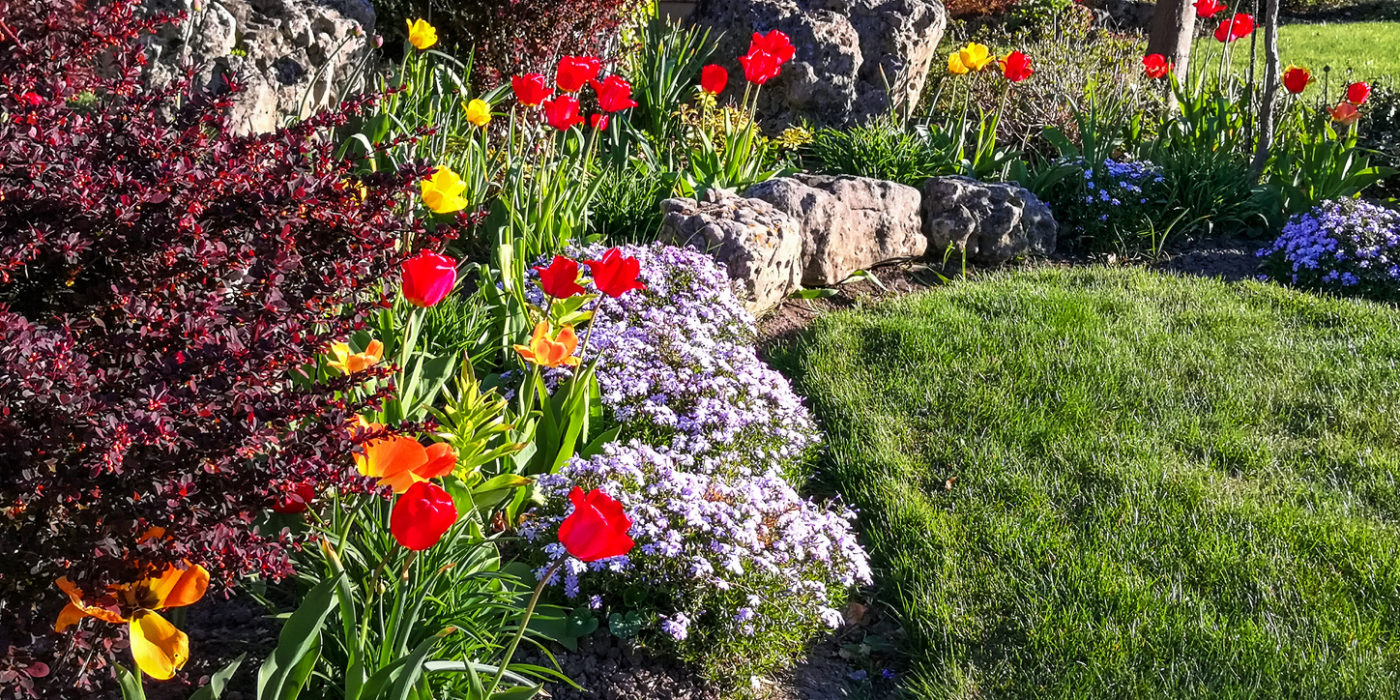
Going Native
August 17, 2021Choosing plants for your landscape can be a challenge at times. Factors of size, shape, and appearance must all be considered as you look to build a landscape that suits your vision. Another factor to consider is the plant’s overall viability and maintenance requirements. Plants that are native to your region make excellent choices.
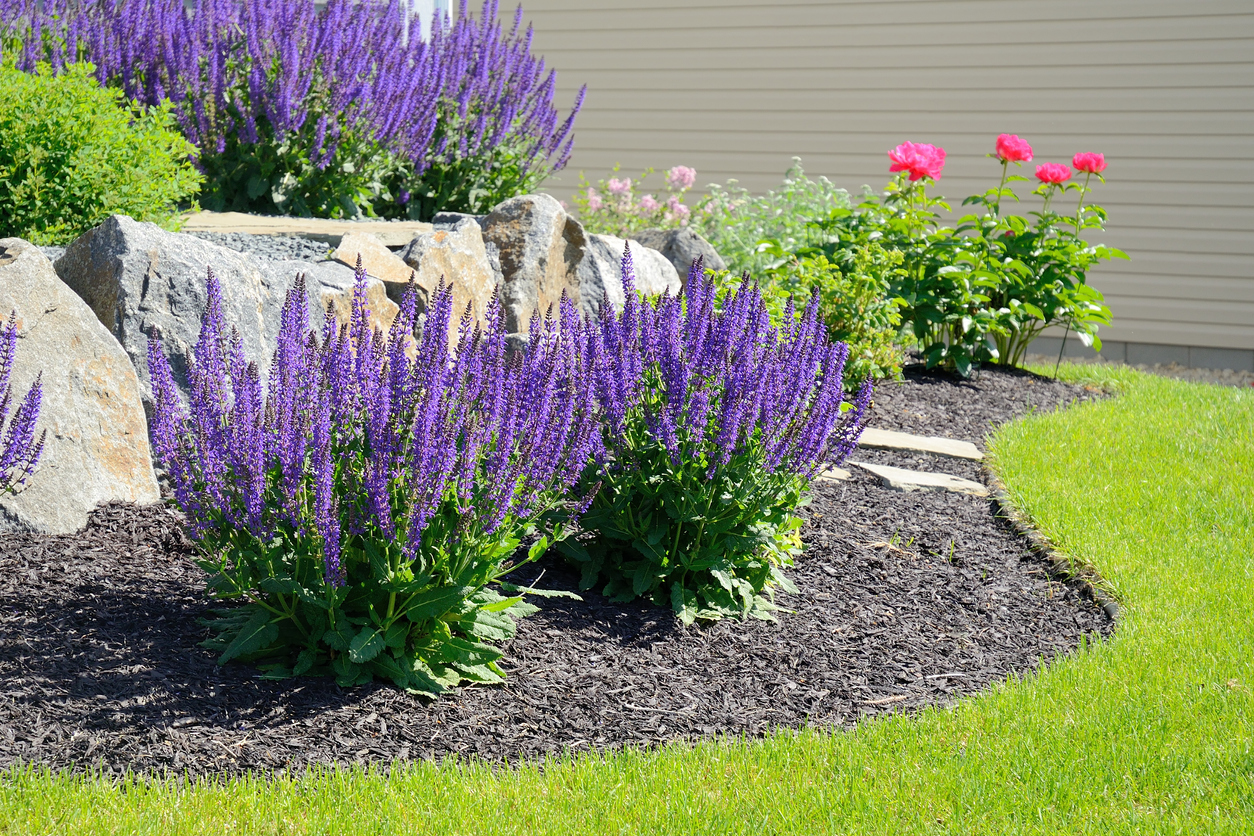
All living landscaping includes maintenance needs. While regular watering, pruning, and fertilization is not too much to ask, some plants require considerable coddling. Some folks in our area love having ornamental banana trees. While those trees do offer a unique tropical flair, they also need to be dug up and stored indoors every winter, a process that becomes more and more cumbersome with each passing year. Exotic landscaping will always need extra attention.
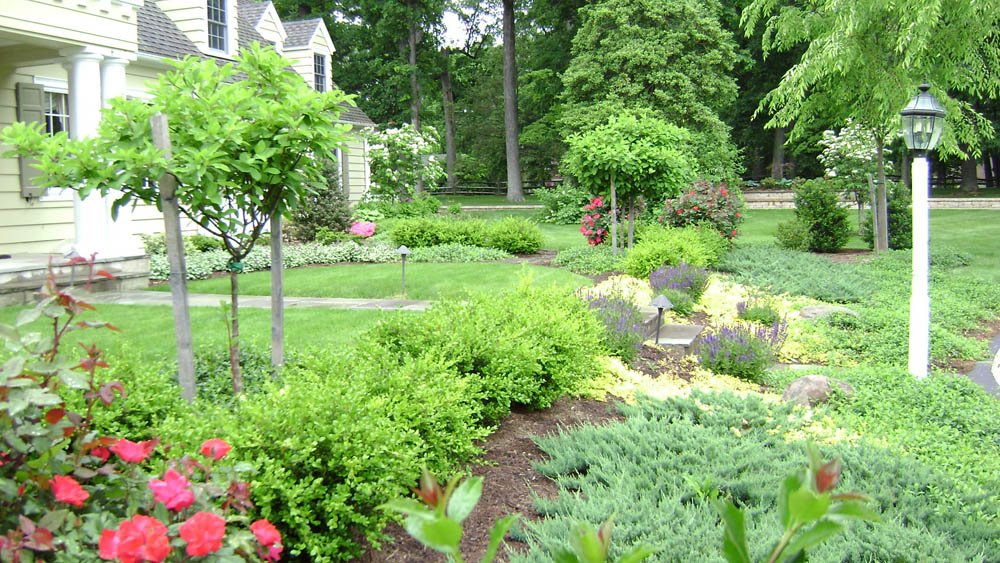
On the other hand, native plants are naturally adapted to their surroundings. They are attuned to the area’s rainfall, soil composition, range of temperature, and even common pests. As a result, native plants can thrive even with the most basic level of care. This allows you to enjoy a gorgeous landscape minus the maintenance headaches. As you select plants to populate your property, be sure to pick some native plants that already feel right at home in your backyard.
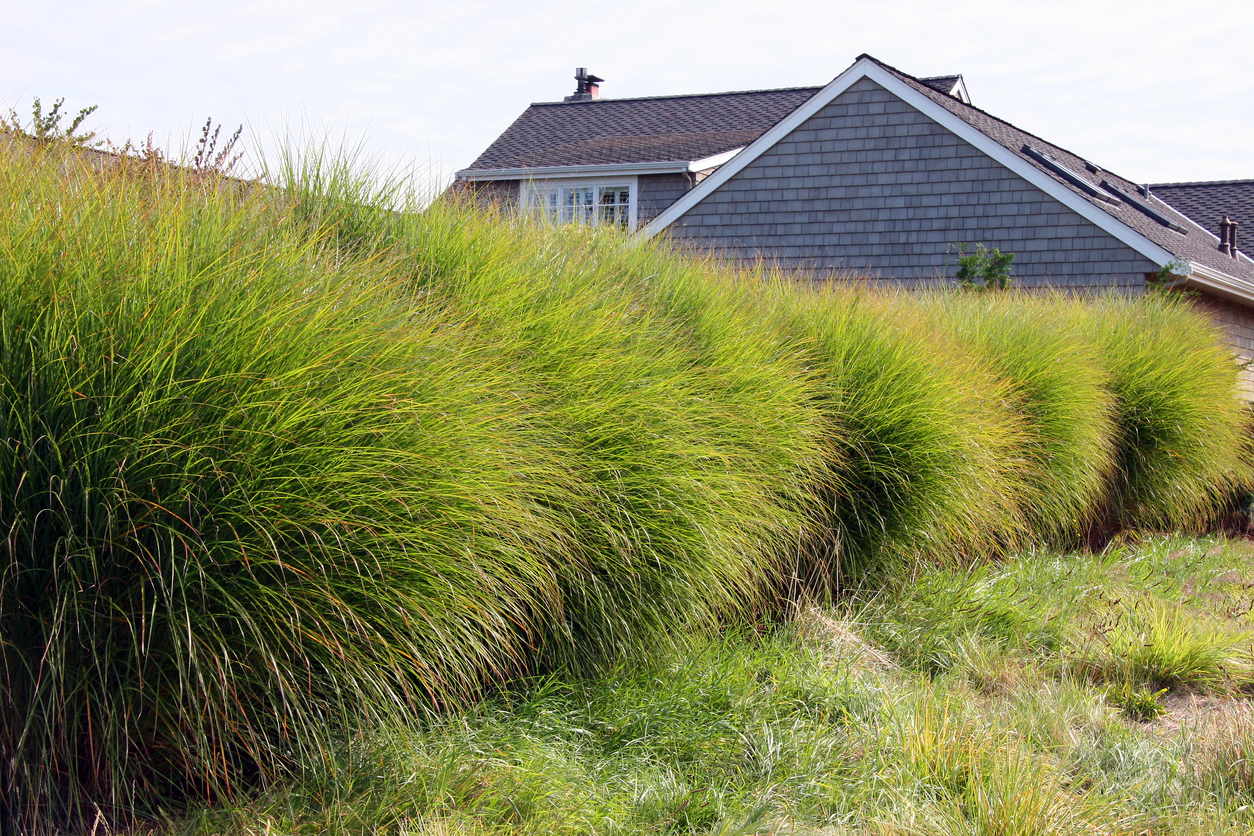
Cover Some Ground
July 13, 2021When you think of landscaping, chances are that trees, shrubs, lawn areas and flower beds are the first things to pop into your head. While these are all great landscape features, it’s also helpful to keep other potential options in mind when designing your landscape. Some areas of your property may be difficult to access or may be generally hostile to turf growth. For these locations, ornamental grasses and ground cover provide practical and pleasing low-maintenance options.
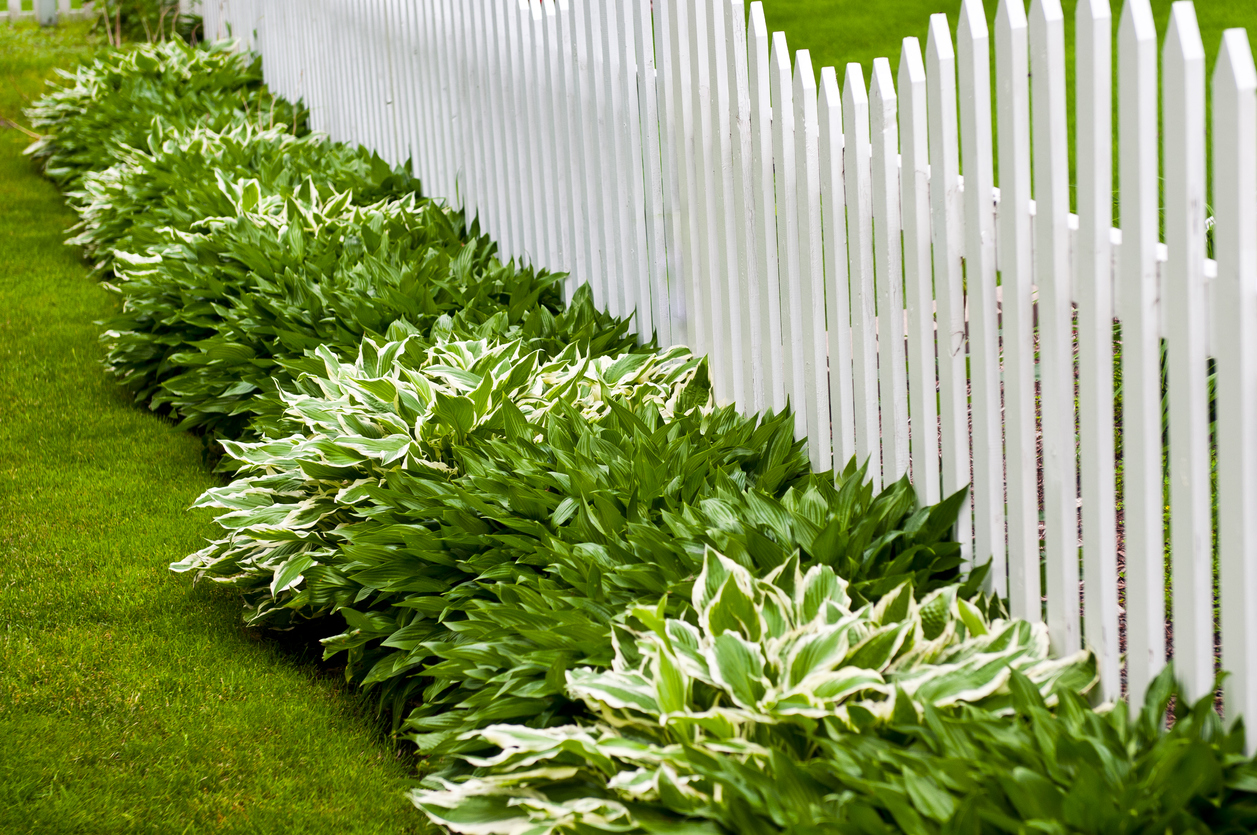
Shade, hilliness, ease of access, or drainage irregularities can make some areas of your property hard to manage. Ground cover such as hostas or pachysandra grows well in shady areas that are unsuitable for grass. In areas that do not drain particularly well, iris and elephant ear can fill the space with varied shape and texture.
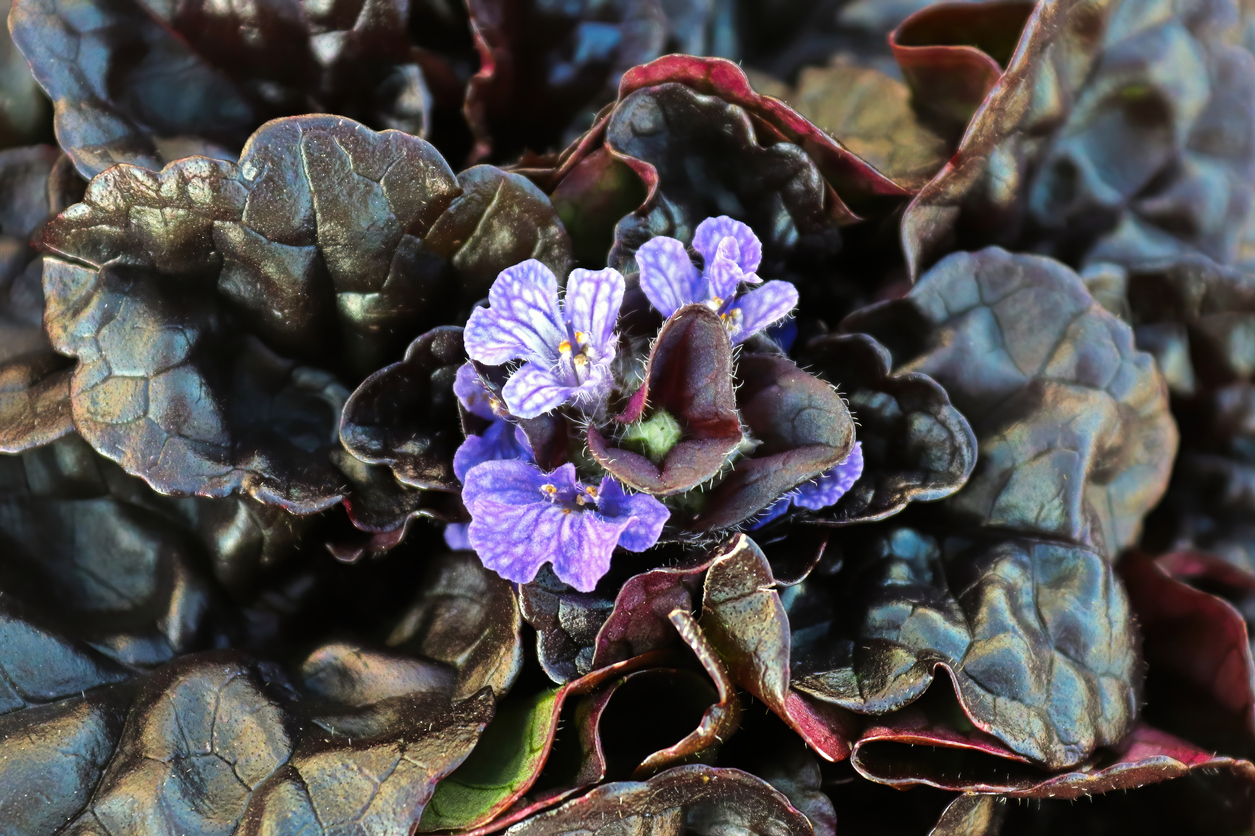
If you would like to add shape to difficult landscape areas, ornamental grasses contribute to the space, similar to shrubs. Whether they’re big and bushy like pampas grass or fine and low to the ground like prairie dropseed, ornamental grasses can grow as big as shrubs, and are easy to maintain.
Not all areas are equally welcoming to living landscaping. Ground cover and ornamental grasses provide appealing additions that won’t have you bending over backwards in terms of upkeep.

Navigating Supply & Demand
June 23, 2021Dear Valued Client,
The past 17 months have been full of disruption and uncertainty. As some things begin a return to normal, other things do not. The news is full of stories of supply chain disruption, materials shortages, labor shortages, and price increases, affecting a broad range of products and services.
All of this has an impact on the landscape industry. Plant material, natural and man-made hardscape material, lighting and electrical components, plastic products including pots and pipe, trucking and labor are in high demand and short supply. While our core team remains strong, adding new capacity is more challenging than ever.
These challenges are compounded by especially high demand for our services. Our current backlogs for construction and landscape installation services are more than double what we expect for this time of year. Even some maintenance services, including spring cleanups and mulching, are running behind schedule.
Our corporate mission is to provide the best possible service experience for our clients throughout the relationship. This year, it has been difficult to maintain this goal. Many of you have been understanding as we navigate these challenges, and on behalf of our team, I thank you for your patience and understanding.
I want you to know that our entire team is working to source the best material, shorten backlogs, hire and train new team members, keep you informed and ensure you have the best experience with us.
If you have questions, comments, or concerns, please contact me directly at tventre@hivelylandscapes.com or 717-292-5696. We have overcome many challenges during our 53 years in business, and we will overcome these challenges, too. Thank you for choosing Hively Landscapes.
Sincerely,
Ted Ventre, General Manager
Moving Water
June 7, 2021Whether they’re big or small, water features are a great way to add interest, beauty and tranquility to your landscape. Rock pools can embellish your garden with a wide variety of fish, foliage and flowers, while the sounds of moving water from a fountain or waterfall can help to create a more relaxed and welcoming atmosphere.
Water features can be simple or complex, depending on your needs and interests. From a small pond of water lilies to a reflecting pool with statues and fountains, the choices are virtually limitless. The first step is to decide what the purpose of your water feature will be.
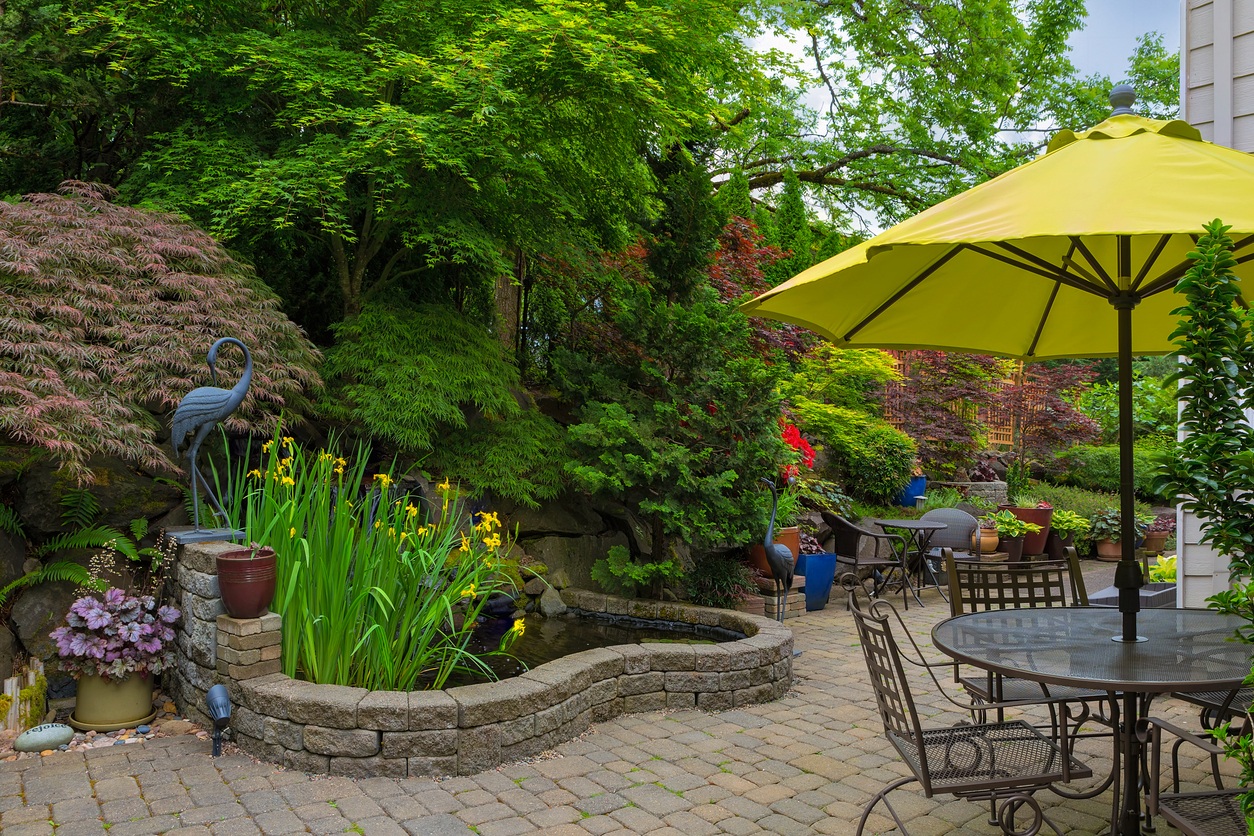
For example, if you’re interested in an ornamental pool, do you want it to reflect surrounding plants, attract birds, or serve as a home for water plants and fish? Would you like a combination of all of these? Keep in mind that fountains work well in formal pools but may look out of place in informal pools, such as water gardens. In water gardens, a gentle waterfall usually works best.
Once you’ve decided the overall style of water feature, you’ll need to decide on a location. Ideally, it will be visible from inside and out. If plants will be incorporated, you should choose a location that gets from four to six hours of sunlight per day.
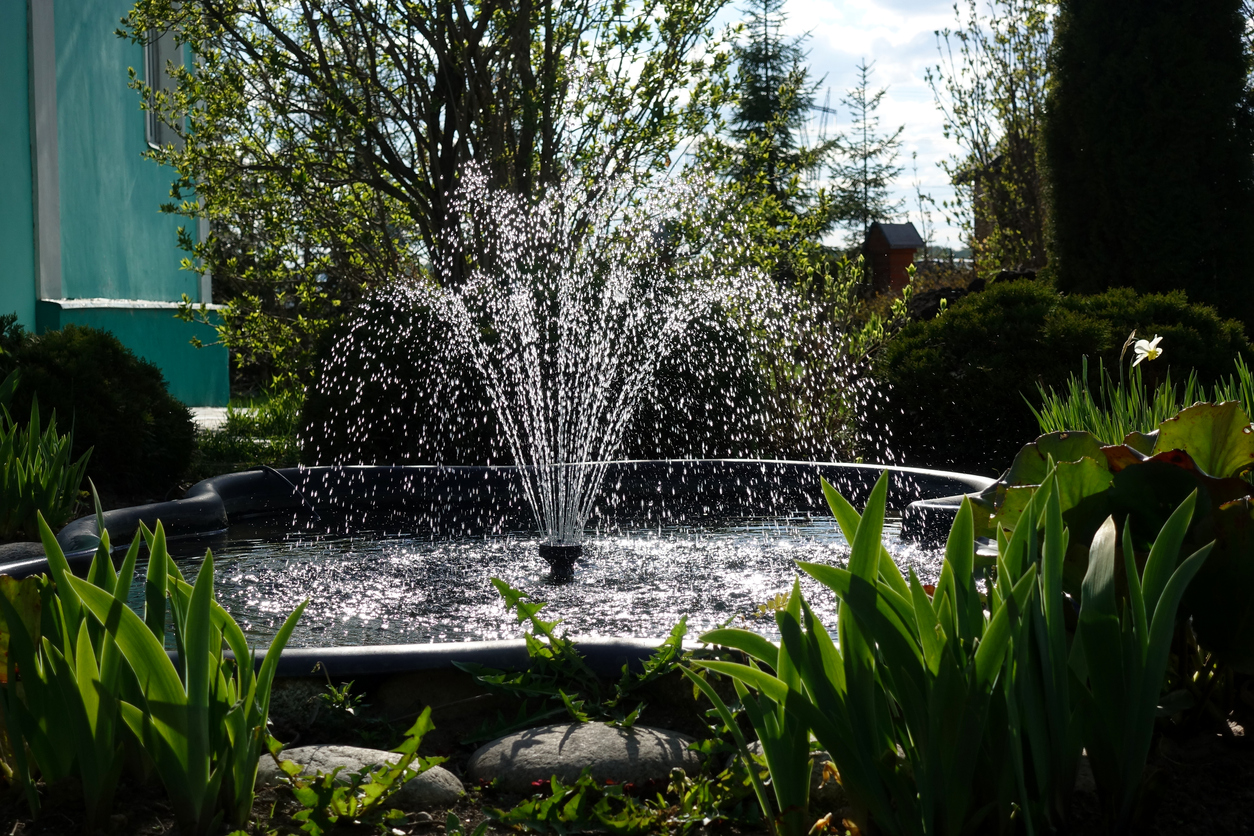
Surrounding trees should be considered as they may drop excessive leaves. For obvious reasons, it makes sense to choose a location that has easy access to drainage, a water source, and electricity (in case you’ll be using a pump and lights). If you’ll be installing a fountain, you’ll want to avoid windy areas.
In most cases, a water feature will require less maintenance than you might imagine, and the relaxing ambiance it adds to your landscape will be well worth the effort.
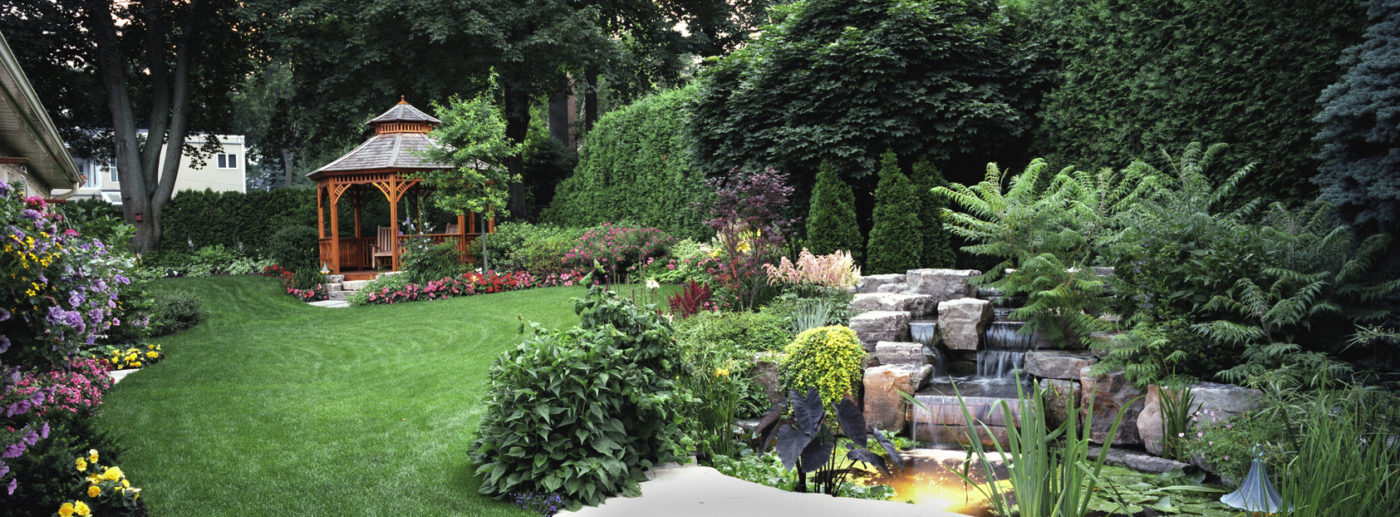
Landscaping for Definition and Privacy
May 21, 2021Trees, shrubs, and plant beds can help make your property a beautiful and inviting space. These landscape elements also bring with them practical benefits that include structure, definition, and privacy for your outdoor spaces.
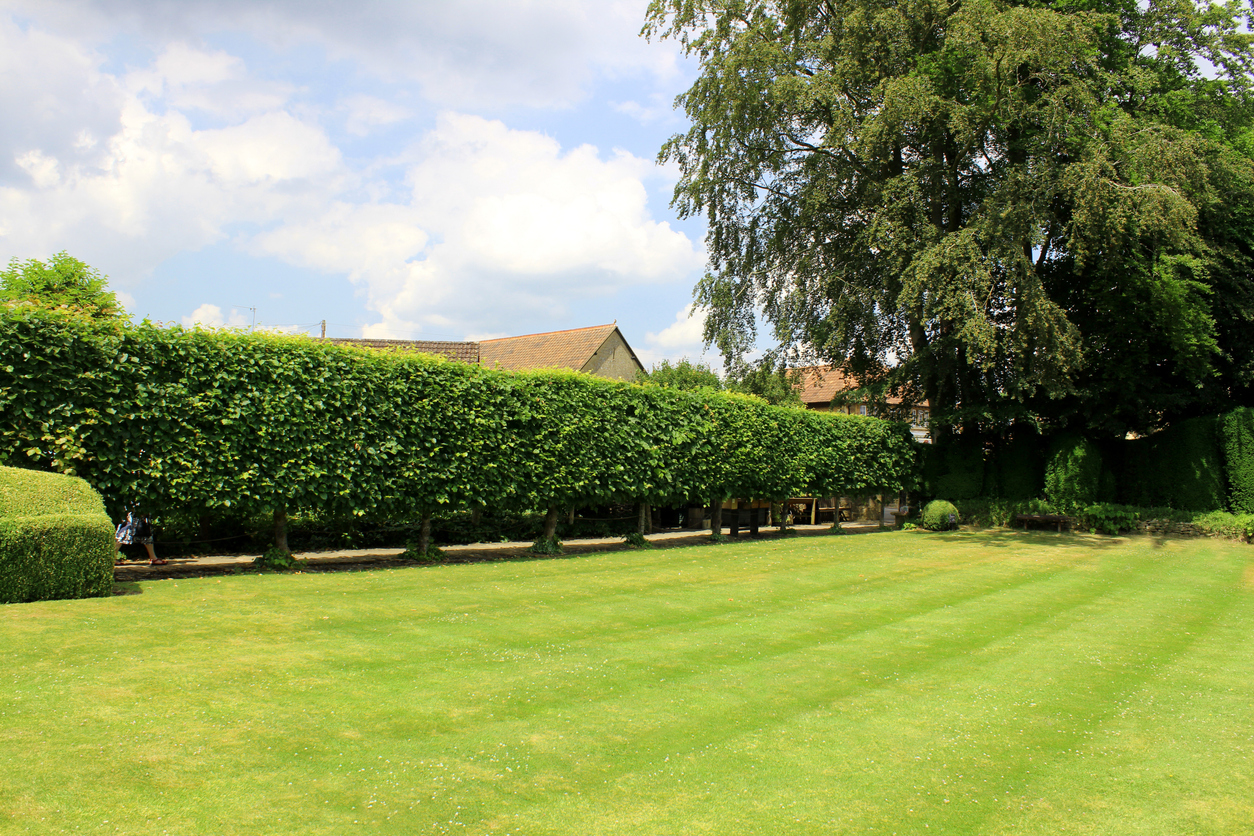
The physical layout of your plant beds carves out the shape of your landscape area, creating perimeters that separate turf areas from living spaces. By breaking up your green space into multiple areas, plant beds provide your backyard with variety and usability.
Trees and shrubs add another dimension by maturing into natural “walls” that you can use to build distinct outdoor rooms. Hedges and rows of trees create a sense of intimacy for dining and sitting areas. When planted along your property line, trees can be used as a type of privacy fence. Wherever they’re located, rows of shrubs and trees provide shade that can be very welcome in the heat of summer.
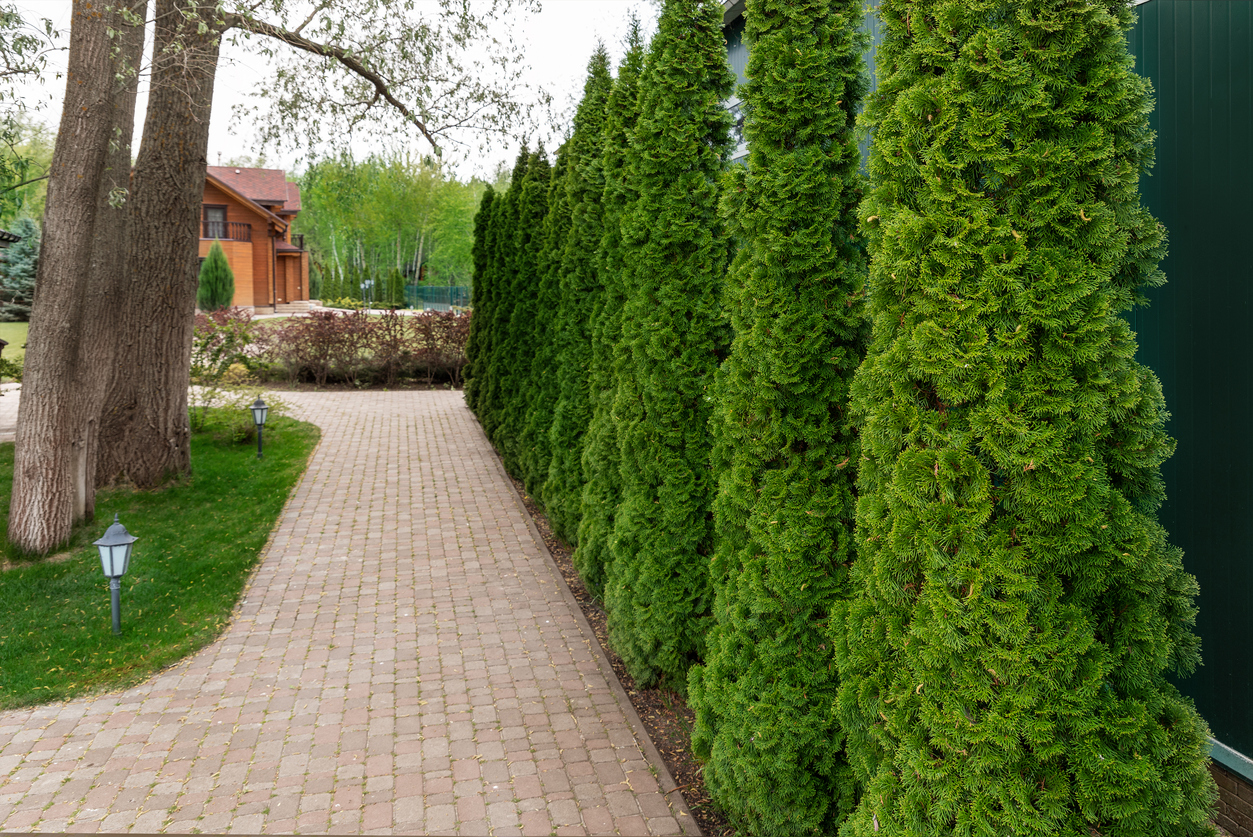
Living landscaping improves your property by adding color, beauty, and texture to your outdoor space. It also serves the practical side of your landscaping by providing definition and privacy. As you plan any new project, keep in mind the structural as well as the ornamental benefits of landscaping.
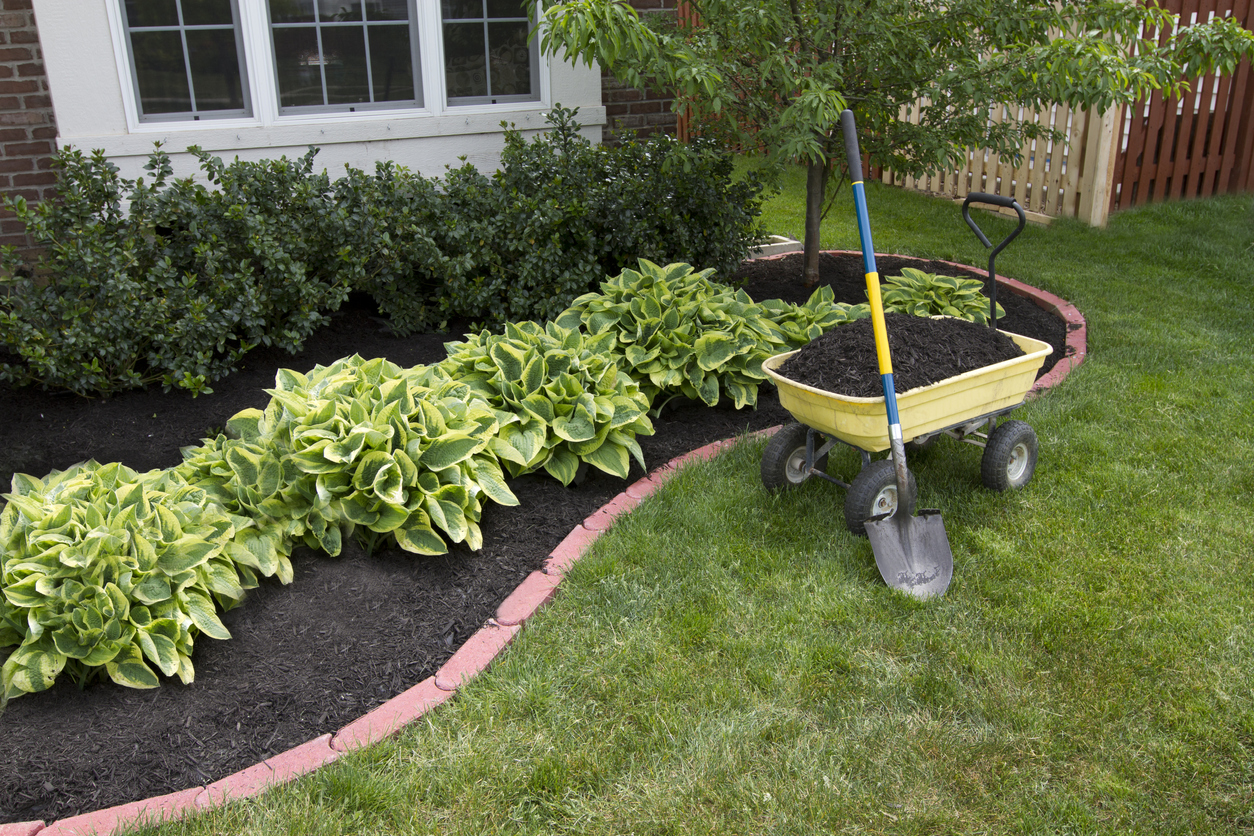
Mulch Time!
April 6, 2021Most of us know that mulch makes plant beds look great. With a clean edging job, fresh mulch does just that. The consistent color and texture do improve the looks of your shrubs and flowers. In fact, dark-colored mulches even widen the pupil of the eye, making bright plants stand out even more. Mulching also cuts down on the amount of time and effort needed to keep your beds and your whole property looking good throughout the entire season. Here are some of the advantages of spring mulching.
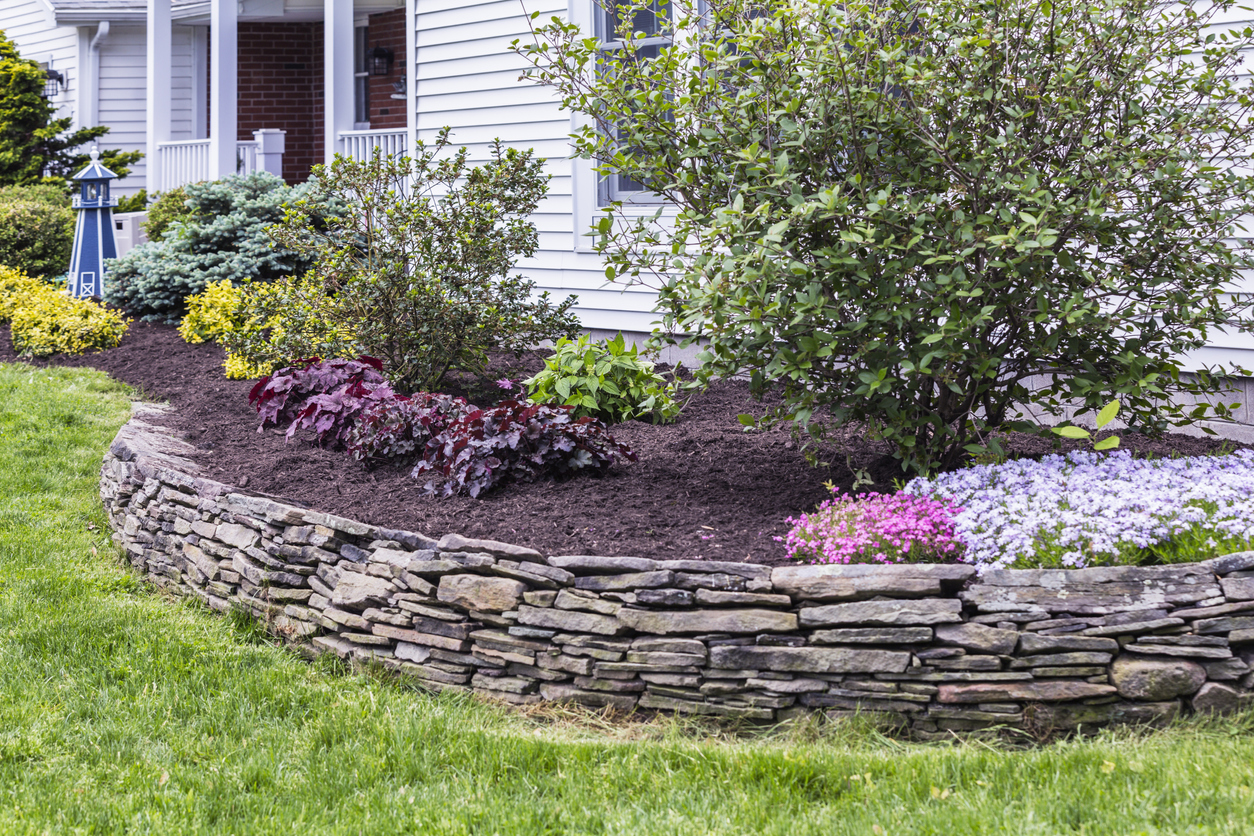
Mulch prevents many weeds and grasses from sprouting by blocking sunlight from the soil. It also retains moisture from irrigation by soaking up water and delivering it to the root zone. Mulch reduces heat stress by insulating soil from direct sunlight. This can cool your soil by up to 10 degrees.
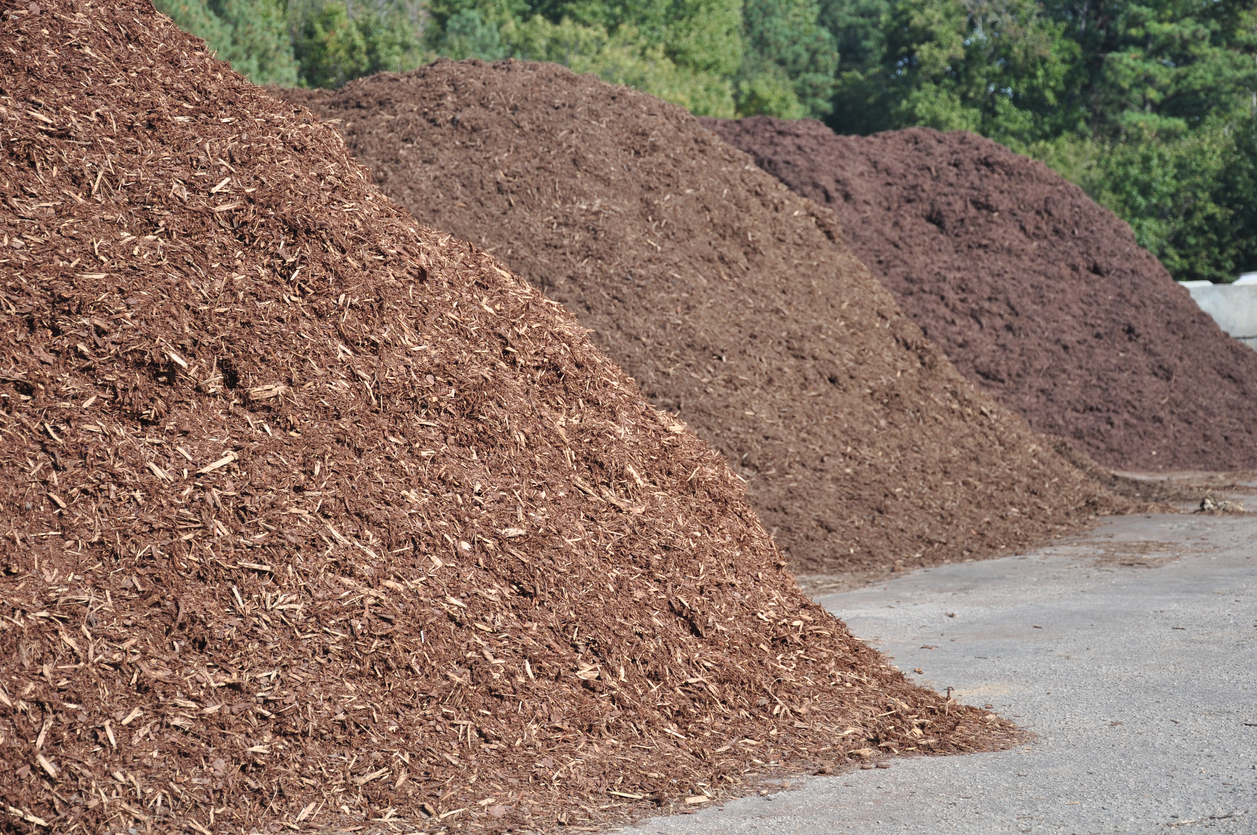
What’s the best mulch to use? There’s a huge variety of mulch material available, and you can buy either bulk or bagged mulch. Your choice will probably depend on what’s available and your personal preference for color and texture.
Whatever type of mulch you prefer, it’s best to get an early start for the most benefits. Mulch now for an easier and more attractive season later.
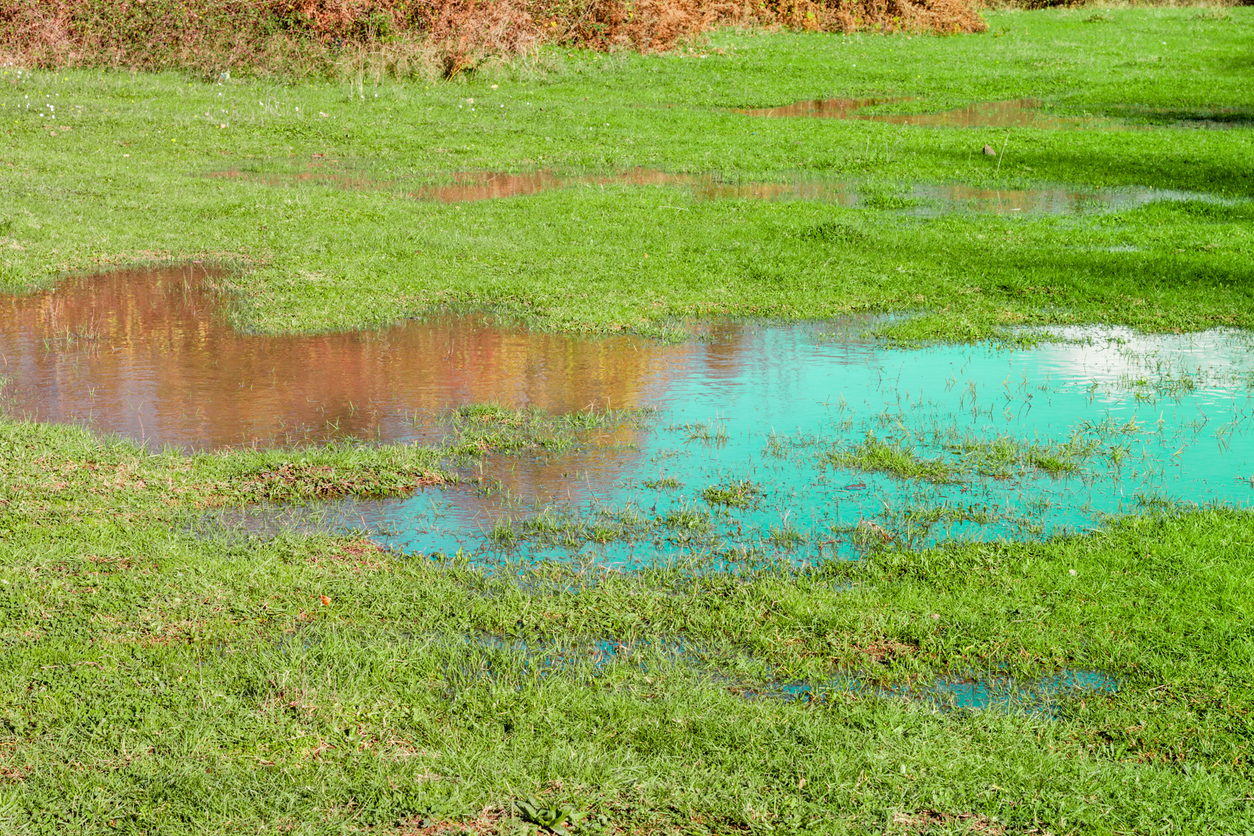
Is Your Lawn Drowning?
March 12, 2021Does a forecast of prolonged wet weather bring a sense of foreboding about more than just a washed-out picnic or tee time? If so, there’s a good chance that your lawn suffers from poor drainage.
Sometimes, standing water in your lawn is the result of roots damaging or destroying underground drain pipes. Drainage issues can render parts of your lawn inhospitable and unusable. If the problem area is close to your house, your foundation itself could be compromised.
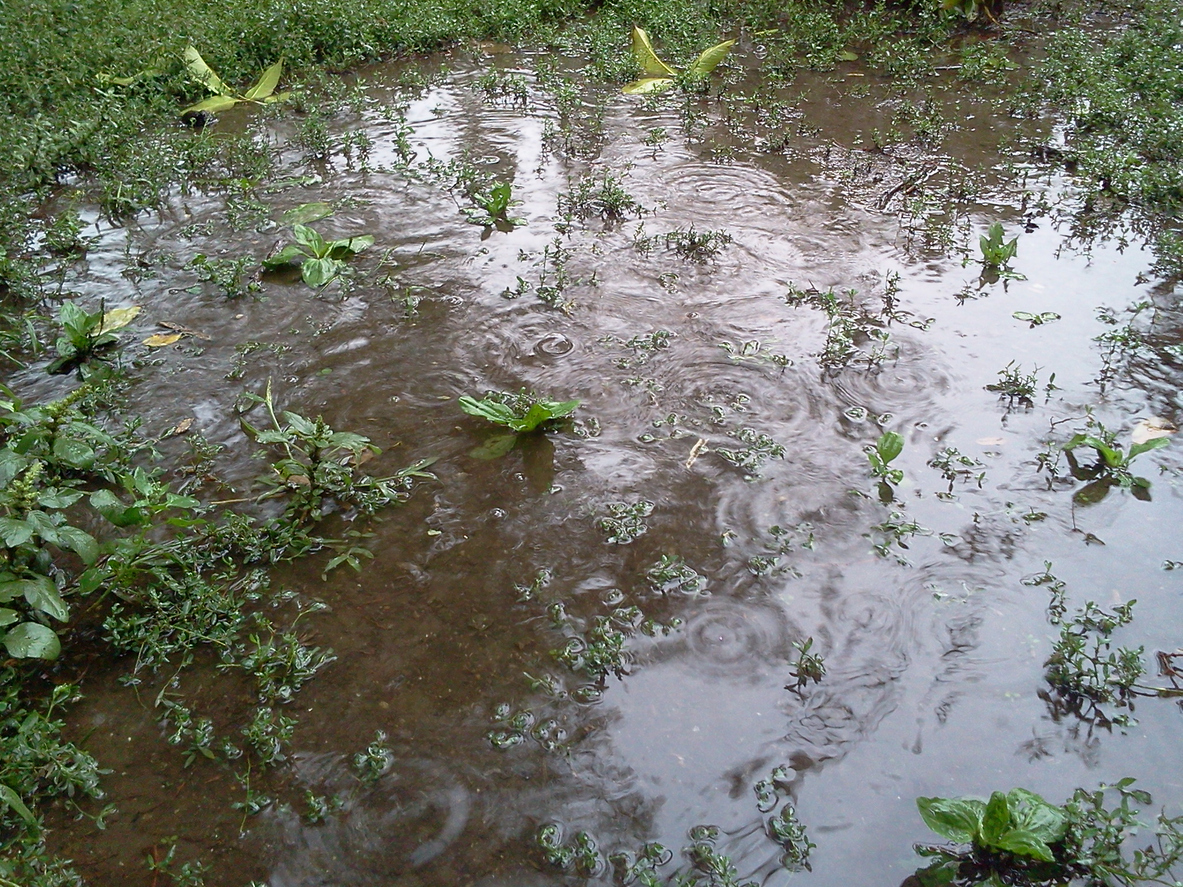
Usually, there are multiple ways to address a drainage problem. A rain garden is a landscape feature made up of plants that thrive in extremes when it comes to water supply. Another option is to plant trees or shrubs that require a lot of water. Sycamores, willows, and alder bushes are just a few examples of woody plants which need a large amount of water.
Most often, homeowners simply want to rid their yards of standing water without adding new plants. In this case, the best option is the addition of some sort of drain or drainage tile to remove water. There are many varieties of these, but they’re all considerable installations best done by a professional. A well-designed setup will keep your lawn from sinking down the drain.
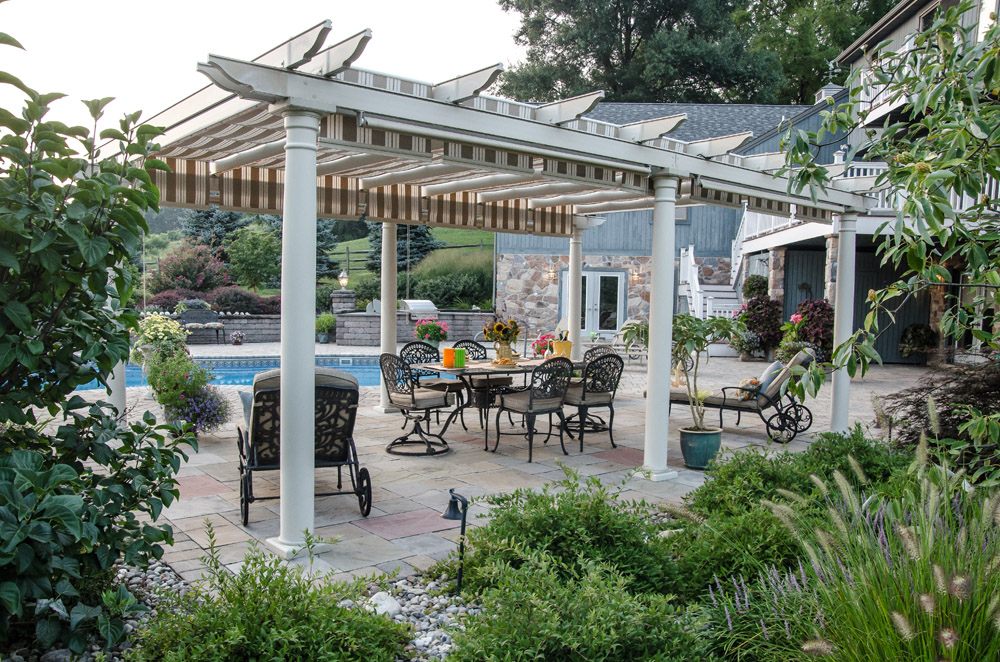
Discover the World of Outdoor Living
February 15, 2021Part of being a homeowner is the continuous process of updating and improving your home. The longer you live in one place, the more you know about what you like about it and what improvements could make it better. It doesn’t take most homeowners very long to realize that their outdoor spaces have amazing potential for improvement.
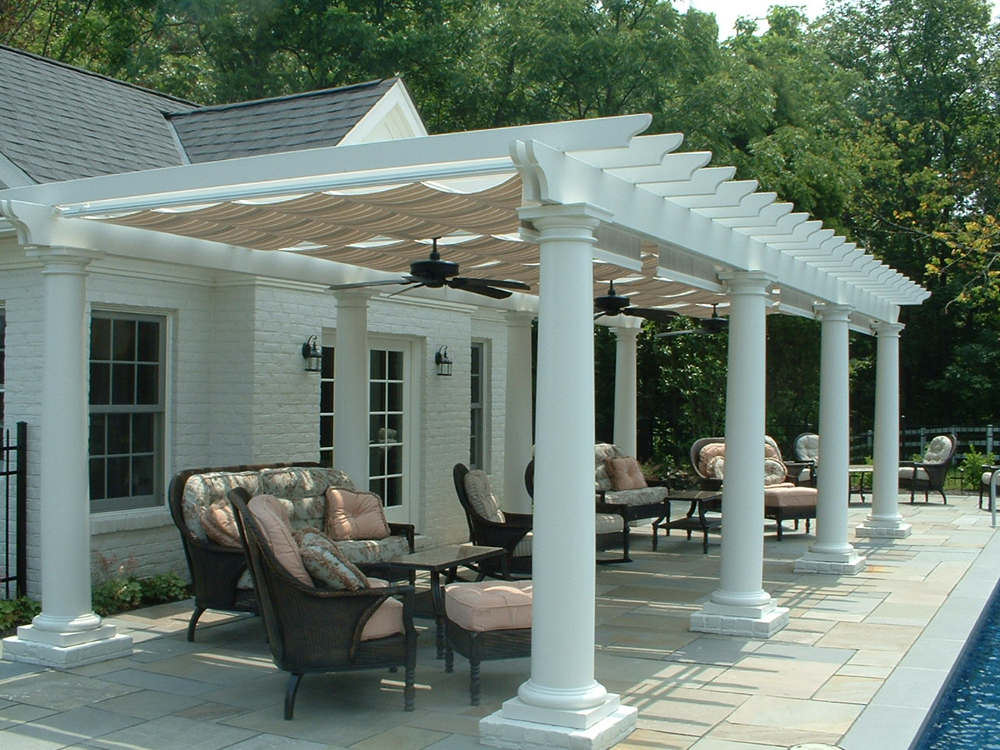
Outdoor living allows you to reinvent how you use your property as you increase its livability. When the weather invites you outside, comfortable outdoor living spaces help you to fully enjoy the outdoors. Patio spaces built of concrete, natural rock, or paver stone help to define an area that can be used for cooking, dining, entertaining, or simply soaking in a nice summer evening.
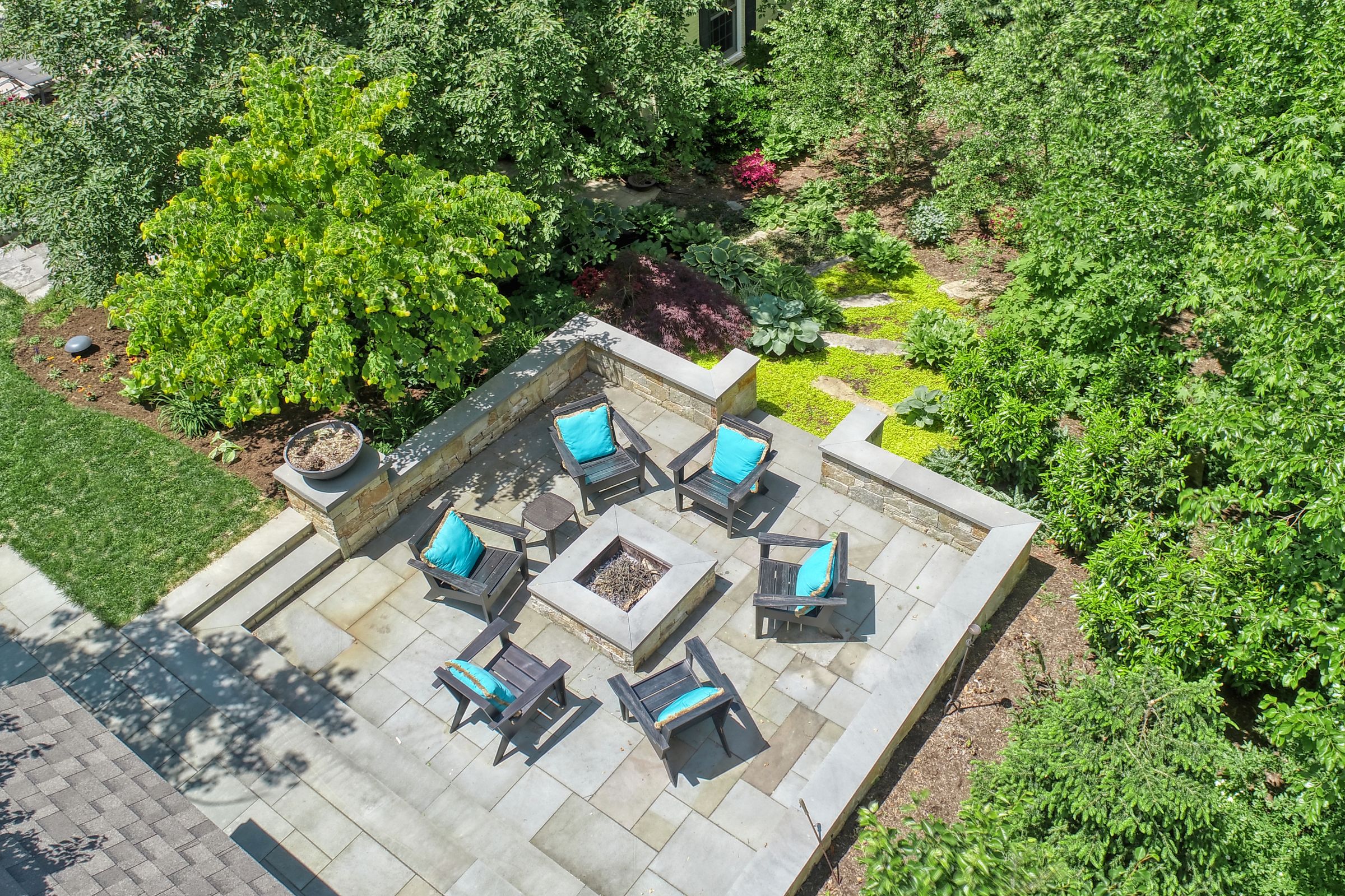
The fun part of planning outdoor spaces is that specifics are up to you. Every family has their own unique vision of the perfect outdoor setting. Some are seeking an elaborate kitchen space for family dining, while others prioritize open spaces that can accommodate a garden party. Whatever your preference, there are multitudes of designs and features to choose from.
If you’re ready to tap into your property’s potential, now is the time to let your imagination soar!

If You Can Dream It, We Can Do It
February 5, 2021Did you have big plans for 2020 that didn’t quite come to fruition? Maybe some outdoor tasks or ideas that may have slipped through the cracks? You aren’t alone. It happens to the best of us in any given year, and last year was HARDLY “any given year.”
The good thing is that it’s a new year, and we are here to help you bring your dreams to fruition. All planning helps, and creating a general plan for your landscape is relatively easy to do. Just follow a few guidelines, and you’ll be on your way to the landscape you’ve always wanted
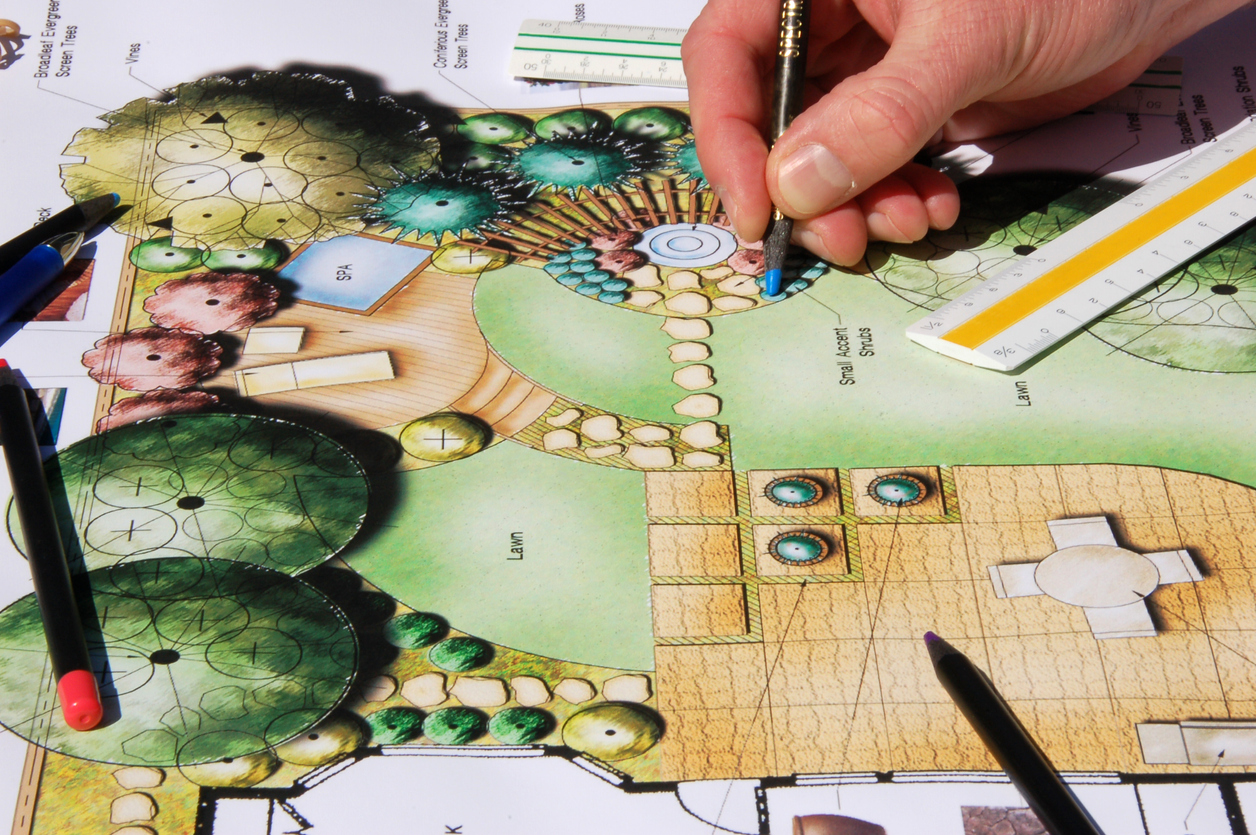
Think about what you really want out of your landscape. Do you have a big social event like a graduation coming up, or have you been wanting outdoor living space for when the grandkids visit? Maybe you want a place to host get-togethers safely this year, or maybe you just want to get the place spruced up before you put it on the market. Whatever you have in mind, put it down on paper. If you’re artistically inclined, feel free to make a quick drawing of what you have in mind. Even simple sketches can be great tools for initial landscape planning.
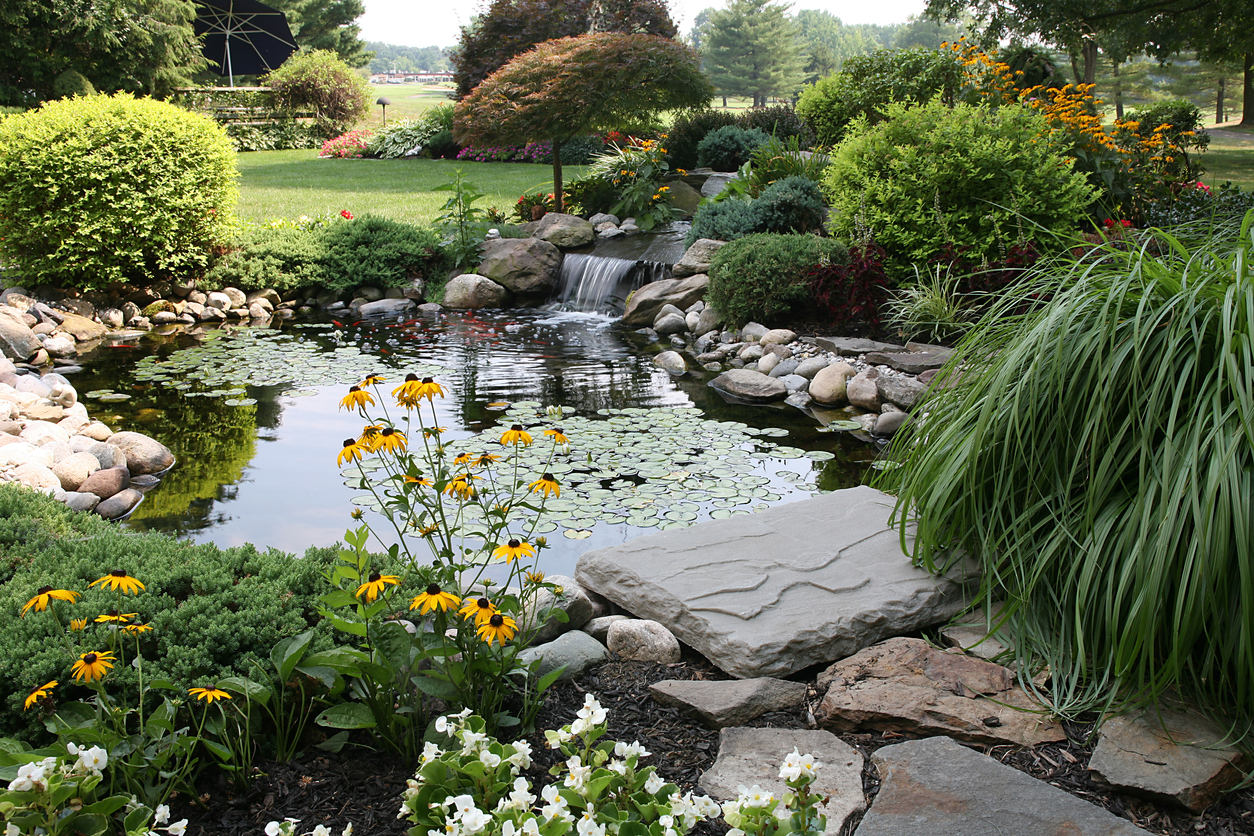
Contact us! Let’s get together and take a look at your property, and the sooner, the better. Even if spring seems a long way off, we would love to start the conversation now. Having more time to design and plan your landscape only helps, and this is the perfect time of year to get the ball rolling.
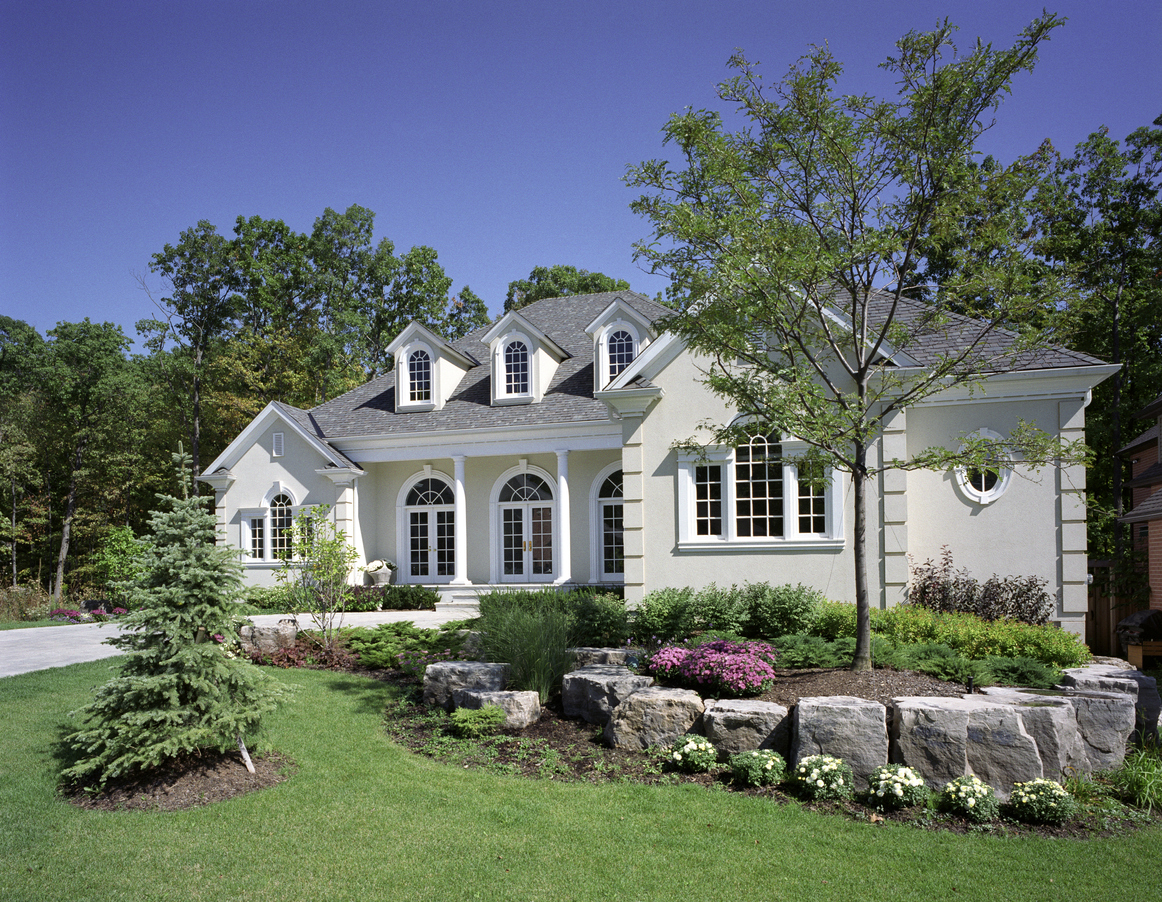
Long-Range Planning
January 22, 2021Keeping a landscape healthy and appealing is important. Most properties have a wide variety of trees, shrubs and turf areas that all need to be maintained in different ways at different times of the year. Proper timing and scheduling make logistic and economic sense. Pruning, planting, and seeding are all more effective when performed in the appropriate season.

In addition to a seasonal maintenance schedule, it’s helpful to adopt a long-range plan that goes beyond the calendar year. Bed installation, turf area development, and tree installation or removal are all major improvements that benefit greatly from deliberate planning. When timed correctly, new improvements will complement existing landscape elements. By mixing old and new landscape elements, you avoid the need to overhaul entire areas all at once.
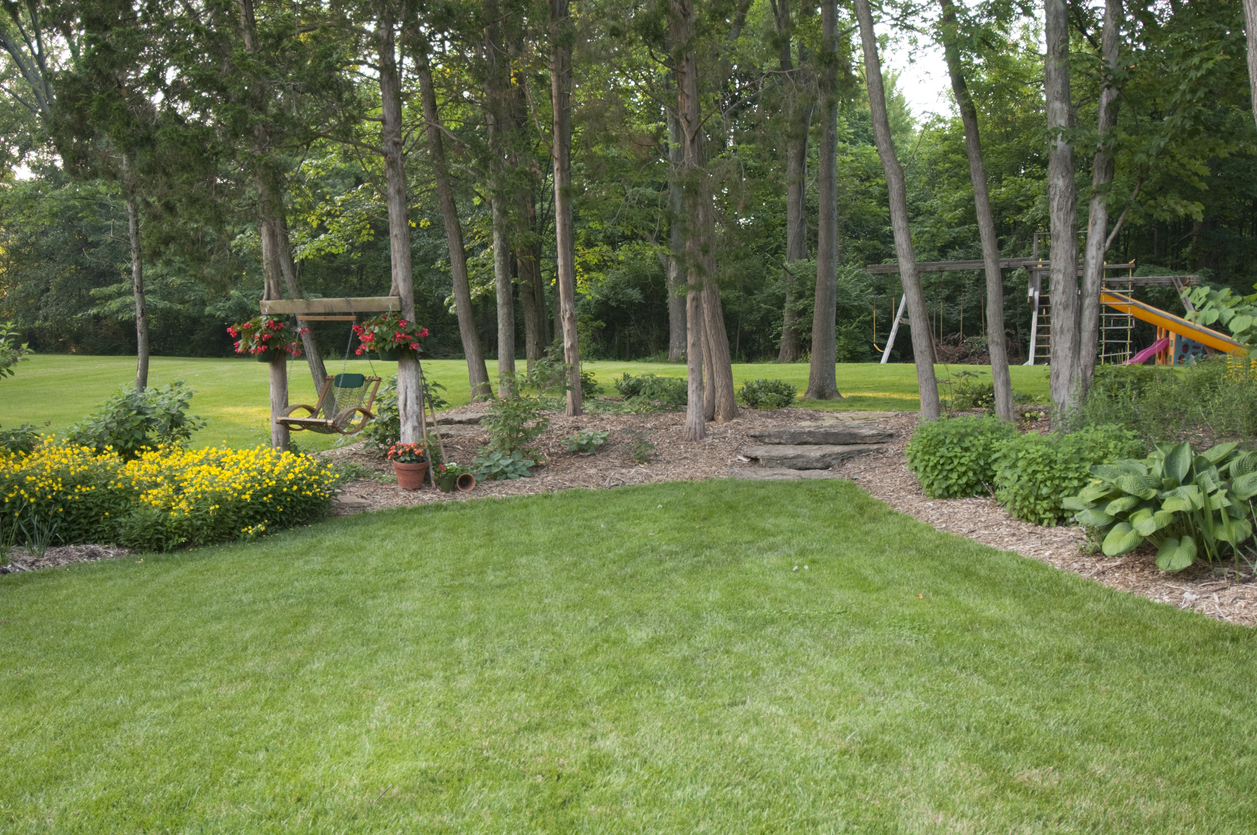
In addition to avoiding a disruption to your property, long-range planning also allows you to schedule new additions at ideal times in terms of plant health and viability. For example, trees planted in the fall will be well established by the spring. An extended plan also allows you to schedule new projects in a way that fits your budget.
For maintenance and landscape upgrades, a long-range plan allows you to maximize the return on your investment while limiting disruption to your property.